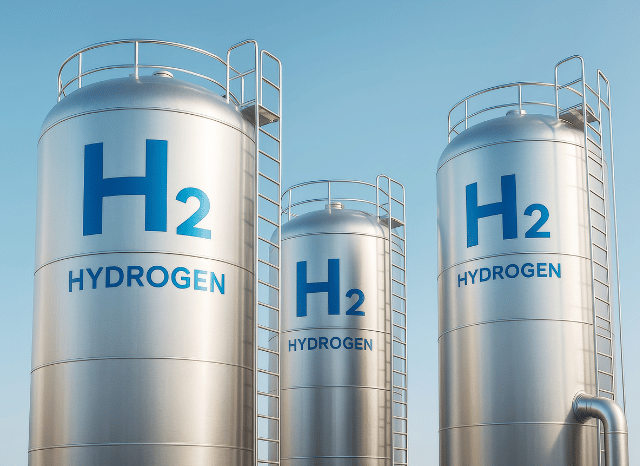
Oman, Germany, along with the Netherlands have signed a groundbreaking settlement that can reshape Europe’s Electrical power landscape, ushering in a new period of environmentally friendly hydrogen imports from the center East.
A bold move in the global Strength changeover is getting condition between Oman and Europe. A historic agreement signed earlier this year paves the best way for one of the globe’s 1st substantial-scale hydrogen corridors—linking Oman’s broad renewable resources to Germany’s industrial hubs via the Netherlands.
The Main of the initiative is environmentally friendly hydrogen—made by splitting h2o by electrolysis powered by photo voltaic or wind Electrical power. This form of hydrogen has captivated world wide fascination for its likely to decarbonise sectors which might be normally tough to electrify, which includes hefty transportation, steel output, and energy storage.
Oman, leveraging its sunny local climate and ambitious nationwide method, aims to be a best global exporter of inexperienced hydrogen by 2030. Forecasts suggest the region could produce around one million tonnes of green hydrogen per year by the end in the ten years. A key portion of the approach here requires liquefying the hydrogen to facilitate overseas transport.
Enter the hydrogen website corridor: a planned maritime and logistics route starting from the port of Duqm in Oman, extending on the ports of Amsterdam and Duisburg. Specialised cryogenic tankers, comparable to those used in LNG transport but tailored for hydrogen’s much reduced temperatures, will carry the fuel. European ports are currently getting ready the necessary infrastructure to receive, shop, and distribute more info the cargo.
This corridor is not merely a logistical feat—it’s a strategic one. For Germany, that is aiming to decrease dependence on fossil fuels and diversify its Strength blend, the imports could enable satisfy its concentrate on of bringing in ten million tonnes of renewable hydrogen by 2030. The corridor also aligns with broader EU sustainability goals and industrial decarbonisation efforts.
The task’s importance lies not only in its scale, but additionally in its replicability. Like LNG right before it, liquid hydrogen could before long move across continents, breaking totally free from the restrictions of mounted pipeline networks. And Oman isn’t alone. Other initiatives—including Spain’s Basque Hydrogen Corridor as well as Central European Hydrogen Corridor—will also be creating the backbone of a foreseeable future Duqm port hydrogen financial state.
The Basque venture concentrates on integrating output, distribution, and industrial use within just northern Spain. Meanwhile, the Central European route strategies to repurpose present fuel pipelines to hold hydrogen from Jap Europe to Germany, more cementing the area’s function while in the hydrogen changeover.
If profitable, these endeavours could mark a major milestone in decarbonising Europe’s significant industries and transportation networks—driven via the sun and wind of distant deserts.